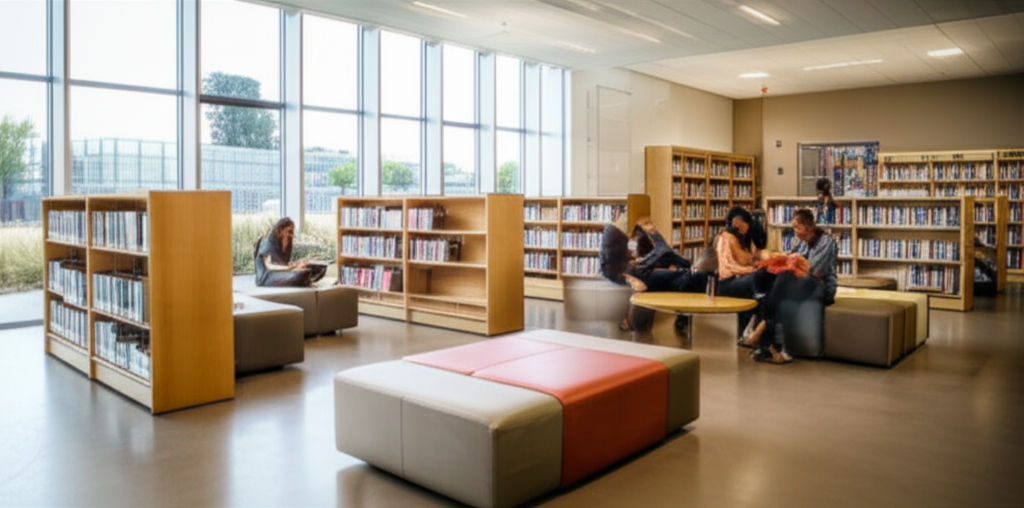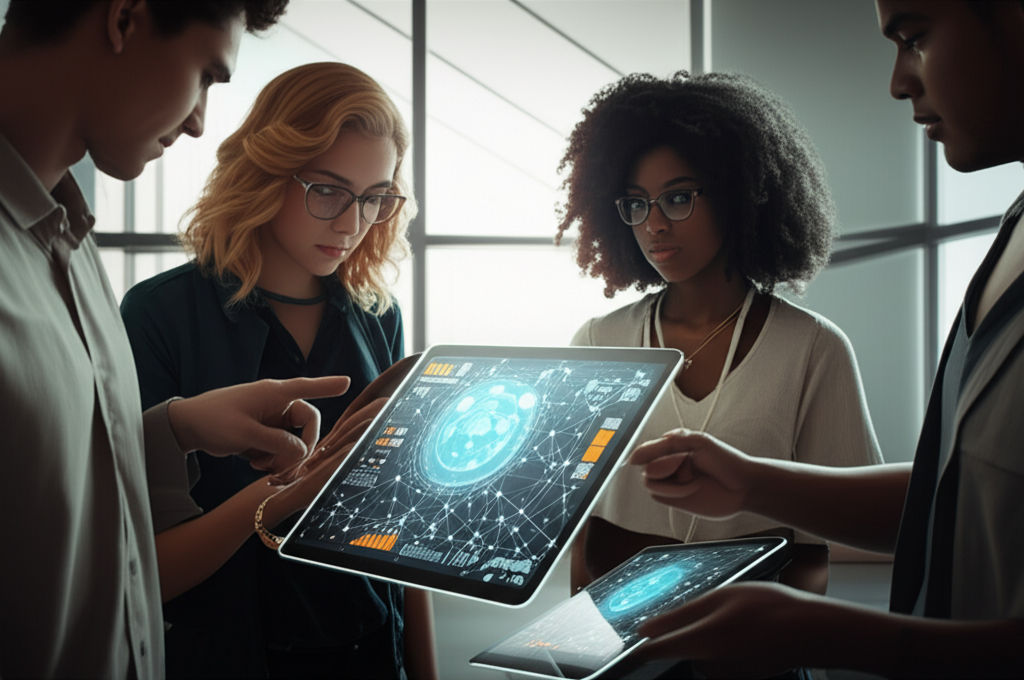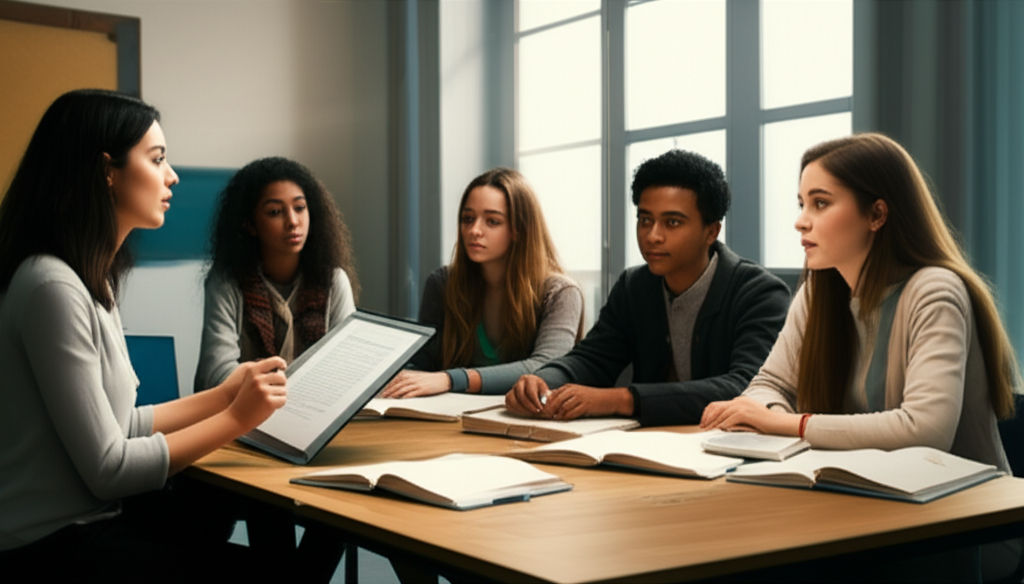Flexible Learning: Design Future Classroom
Emily Willis
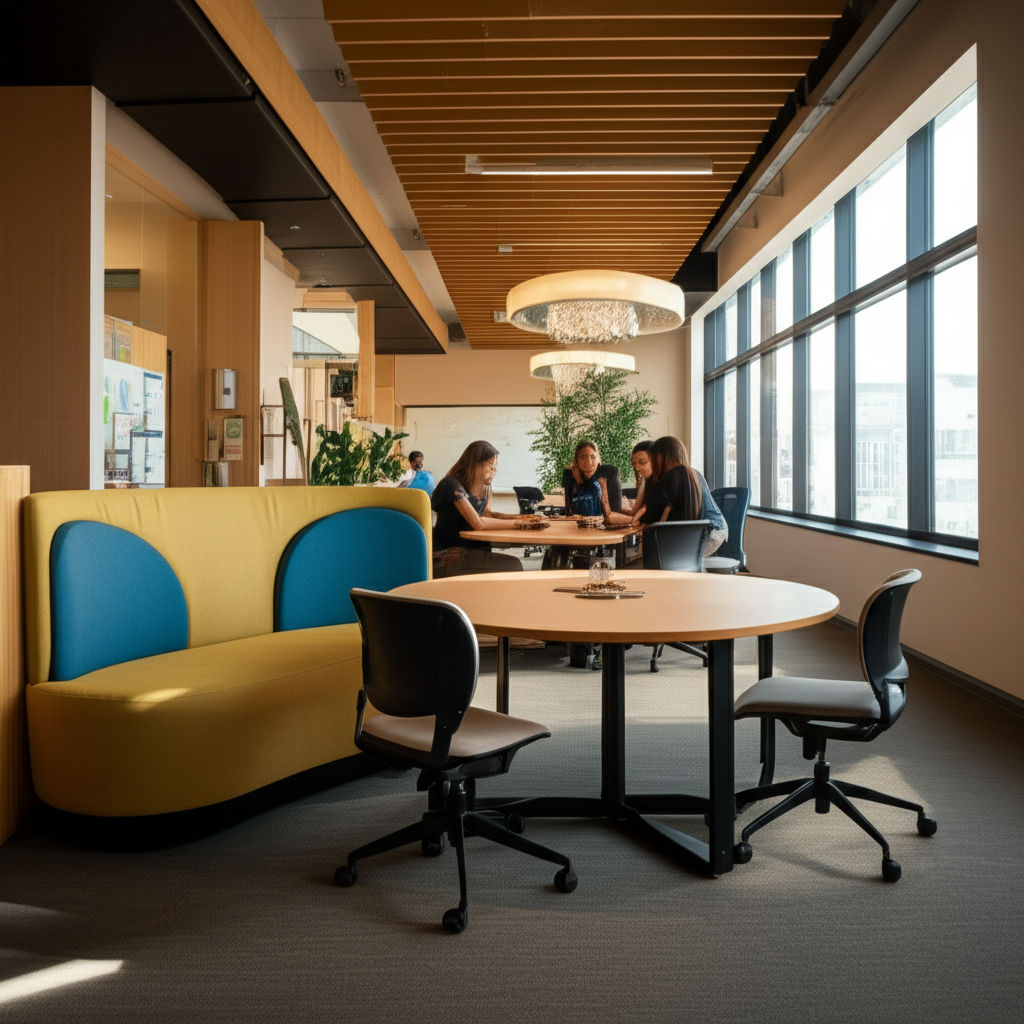
Photo: Flexible Learning: Design Future Classroom
The information gathered from the search results provides a strong foundation for the article. I have a good understanding of flexible learning, its benefits, key design elements, the role of technology, pedagogical approaches, challenges, and some general examples. I can now proceed with drafting the article, ensuring all the user's requirements are met.
Here's a quick check on the keywords and their potential integration:
- Primary: Flexible learning, future classroom design, modern education, adaptable learning spaces.
- Secondary: Blended learning, personalized learning, student-centered, technology in education, collaborative learning, active learning, innovative classrooms, hybrid learning, digital tools, physical learning environment, learning styles, pedagogical approaches, educational technology, lifelong learning.
I will naturally weave these into the headings and body of the article, aiming for the specified keyword density. I will also focus on actionable insights, real-world relevance (even if generic examples), and a friendly, engaging tone for a general audience. The FAQ section will be a good addition.
Now, I will proceed with writing the article.
Flexible Learning: Designing the Future Classroom for Every Learner
Remember the classrooms of your childhood? Rows of desks, a teacher at the front, and perhaps a chalkboard. While those spaces hold nostalgic charm, the world has changed dramatically, and so must our approach to education. We're now on the cusp of an exciting transformation: flexible learning and the future classroom design. It’s about creating dynamic, adaptable spaces that truly cater to every student's unique needs and prepare them for a constantly evolving world.
This isn't just a trend; it's a necessity. Our children are entering a job market that demands critical thinking, collaboration, and adaptability – skills that thrive in modern education environments. So, let's explore what flexible learning truly means, why it's so vital, and how we can design adaptable learning spaces that empower the next generation.
What Exactly is Flexible Learning?
At its heart, flexible learning is an educational approach that champions choice, personalization, and adaptability in how, what, when, and where students learn. It's about moving beyond the "one-size-fits-all" model to embrace the diverse needs of learners. Think of it as tailoring the learning experience to fit the student, rather than forcing the student to fit a rigid system.
This concept isn't limited to just online classes; it encompasses a broad spectrum of instructional delivery methods and environments. Flexible learning can involve a blend of traditional face-to-face instruction, online learning, or even work-based study programs. The key is giving students more autonomy over their educational journey, allowing them to:
- Choose their pace: Some students thrive by moving quickly, while others benefit from more time to master concepts.
- Select their place: Learning can happen in a classroom, at home, or even in a community setting, thanks to digital tools.
- Dictate their methodology: Students can engage with material through individual study, group projects, hands-on activities, or digital simulations.
- Personalize their path: Flexible learning offers the option to choose courses and methods that best prepare them for life, aligning with their interests and abilities.
The goal is to create an educational experience that is accessible, engaging, and genuinely responsive to each individual.
Why the Shift? The Urgent Need for Future Classrooms
The traditional classroom, with its fixed rows and singular focus on direct instruction, often falls short in meeting the demands of today's learners and the future workforce. The world has undeniably shifted, and with it, the skills required for success. We're no longer just memorizing facts; we're problem-solving, collaborating, and thinking critically.
Here's why the move towards future classroom design is so crucial:
- Diverse Learning Styles: We know that every student learns differently. Some excel in collaborative group settings, others need quiet for independent study, and many benefit from interactive, hands-on experiences. Adaptable learning spaces ensure that all students have the best chance to succeed by catering to these varied preferences.
- Preparing for the 21st Century: The modern workforce demands skills like communication, adaptability, teamwork, and digital literacy. Flexible environments naturally foster these "21st-century skills" through project-based learning, group activities, and inquiry-based approaches.
- Technological Advancements: Technology has revolutionized how we access information and connect with each other. Classrooms need to leverage these advancements to provide seamless access to digital resources, interactive tools, and blended learning opportunities. The COVID-19 pandemic also highlighted the urgent need for adaptable education systems that can transition between in-person and remote learning seamlessly.
- Increased Engagement and Well-being: When students have a say in how they learn, they become more engaged and take greater ownership of their education. Research suggests that flexible spaces can improve students' feelings of well-being by offering comfort and choice in their physical environment. A well-designed space can invigorate the learning process, making lessons more interactive and stimulating.
Key Pillars of Designing a Flexible Future Classroom
Transforming a traditional classroom into a dynamic, adaptable learning space requires a holistic approach, focusing on several interconnected elements.
1. Space & Environment: Beyond Rows of Desks
The physical layout of a classroom has a profound impact on learning. Gone are the days of rigid, uniform setups. The future classroom design embraces versatility and choice.
- Modular Furniture & Varied Seating: This is perhaps the most visible change. Desks, chairs, and tables that can be easily moved, rearranged, and even adjusted for height allow the space to transform in seconds. Offering different types of seating—from standard chairs to floor cushions, soft seating, or standing desks—empowers students to choose how they want to engage with the material and promotes healthy movement.
- Collaborative Zones & Quiet Corners: A flexible space should include designated areas for different activities. Think small clusters for group work, larger tables for project-based learning, and quiet nooks for individual focus or reading. Movable walls or partitions can further enhance this flexibility, allowing for quick reconfigurations.
- Aesthetics & Comfort: Natural light, good acoustics, and calming color schemes contribute significantly to a positive learning environment. Reducing physical noise with soft materials and supportive flooring can improve attention spans and productivity. Comfortable classrooms mean less distraction and better information retention.
2. Technology Integration: Powering Personalized Learning
Technology isn't just an add-on; it's an essential enabler of flexible learning.
- Seamless Access & Infrastructure: Reliable Wi-Fi, ample power outlets, and charging stations are non-negotiable. Students need to be able to use their devices without interruption, whether it's a school-provided tablet or their own laptop (BYOD - Bring Your Own Device).
- Interactive Tools for Engagement: Smartboards, interactive whiteboards, and large display screens facilitate dynamic presentations and collaborative brainstorming. Virtual Reality (VR) and Augmented Reality (AR) can create immersive learning experiences, making abstract concepts come alive.
- Learning Management Systems (LMS): Platforms like Google Classroom or other dedicated LMS are crucial for content delivery, assignment management, and feedback. They provide a central hub for resources and allow for blended learning, combining face-to-face instruction with online modules.
- Adaptive Learning Technologies: These intelligent tools adjust course materials based on individual student progress, providing tailored learning experiences and real-time feedback.
3. Pedagogical Approaches: The Art of Flexible Teaching
The physical space is only one part of the equation. How teachers teach must also evolve to fully leverage adaptable learning spaces.
- Student-Centered Learning: This is the cornerstone of flexible pedagogy. Instead of the teacher as the sole dispenser of knowledge, the teacher becomes a facilitator, guide, and resource. Students are encouraged to take charge of their learning, fostering autonomy and self-directed inquiry.
- Project-Based and Inquiry-Based Learning: These methods encourage students to ask questions, solve real-world problems, and apply critical thinking skills, often in collaborative settings. The flexible classroom layout makes it easy to transition between individual research and group work.
- Differentiated Instruction: Recognizing that students learn at different paces and in different ways, flexible teaching involves presenting information in multiple formats and offering choices in the learning process. This could mean providing diverse resources (videos, readings, hands-on tasks) at various levels.
- Flipped Classroom Model: In this approach, students engage with content (e.g., lectures via video) at home, freeing up class time for interactive discussions, problem-solving, and personalized support from the teacher.
4. Curriculum & Content: Personalized Pathways
Flexible learning extends to what and how students learn, ensuring relevance and engagement.
- Personalized Learning Paths: The curriculum can be tailored to individual student needs, interests, and learning styles. This means students might have choices in the topics they explore, the projects they undertake, or the depth of their study.
- Access to Diverse Resources: Beyond textbooks, flexible learning emphasizes access to a wealth of digital resources, open educational resources (OERs),
Latest ✨
View AllInfrastructure: more than a cost, it's a catalyst! Discover how vital investments fuel economic growth, create jobs, and build a prosperous future.
Emily Willis
Innovation is vital for future business success. Learn why a robust strategy ensures survival, growth, and competitiveness in a changing world.
Emily Willis
Effective time management is crucial for success in all areas of life. By mastering time management, you can boost productivity, reduce stress, and achieve a healthier work-life balance. This guide explores practical tips and techniques to help you take control of your schedule, enhance focus, and maximize your potential.
Emily Willis
The stock market is a crucial component of the global economy, providing a platform for capital formation, investment, and wealth creation. Understanding stock market movements, including bull and bear markets, market volatility, and factors influencing stock prices, is essential for investors, businesses, and policymakers. Economic, financial, and behavioral factors all play a role in shaping stock market dynamics.
Emily Willis
Business
View All
August 5, 2024
How to Save and Invest to Achieve Your Financial GoalsSaving and investing are essential components of building financial security. Saving helps accumulate money for short-term goals, while investing allows money to grow for long-term aspirations. Understanding financial goals, developing effective savings strategies, and creating a customized investment plan are key steps in achieving financial success.
Emily Willis

June 9, 2025
Customer Retention Strategies That WorkUnlock lasting success! Learn proven customer retention strategies to build loyalty, reduce churn, and boost your business growth.
Emily Willis

June 8, 2025
Market Research: Your Business CompassMarket research: your ultimate business compass. Gain vital insights on customers, competitors & trends to steer your business to growth & success.
Emily Willis
Economy
View AllUnlock business success! Learn producer behavior: optimize costs, boost revenue, and master strategies for profit maximization and market dominance.
Read MoreNavigate economic shifts. Learn what a recession is, spot key indicators, and get actionable strategies for personal finance and business resilience.
Read MoreUnpack GNP: Understand national wealth & global economic contributions. Learn how GNP differs from GDP & why it matters for a country's prosperity.
Read MoreEntertainment
View All
August 4, 2024
Social Media's Influence on Celebrity Culture: Trends and ImpactsSocial media has revolutionized celebrity culture by enabling direct fan engagement, promoting authenticity, and creating new trends such as influencer marketing and digital content creation.
Emily Willis

August 4, 2024
Recommended Movies and TV Series to Watch This Yearlist of recommended movies and TV series to watch this year. The movies include "Dune: Part Two," "Spider-Man: No Way Home," "The French Dispatch," "No Time to Die," and "Encanto." The TV series include "Stranger Things: Season 4," "The Mandalorian: Season 3," "The Witcher: Season 2," "Ted Lasso: Season 3," and "Loki: Season 2." Each entry includes reasons to watch, such as stellar cast, visually stunning cinematography, engaging plot, and character development.
Emily Willis

August 4, 2024
Profiles of Famous Artists Who Inspire the Younger Generationthe inspirational aspects of famous artists such as Vincent van Gogh, Frida Kahlo, Pablo Picasso, Banksy, Yayoi Kusama, Jean-Michel Basquiat, Georgia O'Keeffe, Andy Warhol, Kehinde Wiley, and Ai Weiwei. It highlights their perseverance, innovation, authenticity, social commentary, mental health advocacy, and representation, among other qualities, and how these aspects continue to inspire young artists to pursue their creative dreams.
Emily Willis
Health
View AllRegular physical activity is crucial for maintaining long-term health and well-being. It has numerous benefits, including improving cardiovascular health, aiding in weight management, enhancing mental health, strengthening bones, boosting immune function, and promoting longevity.
Emily Willis
sleep for physical and mental well-being, discussing the benefits of sleep such as physical restoration, brain function, emotional regulation, concentration, and reduced risk of chronic diseases. It explains the different stages of the sleep cycle and provides guidelines for how much sleep individuals of different ages need.
Emily Willis
A healthy lifestyle is crucial for enhancing overall quality of life in today's fast-paced world. It involves habits such as a nutritious diet, regular exercise, adequate sleep, stress management, and avoiding harmful substances. Benefits include improved physical health, enhanced mental well-being, increased energy levels, better sleep quality, and longevity. Implementing healthy habits gradually, staying consistent, seeking support, and monitoring progress are key steps towards a healthier lifestyle. Prioritizing a healthy lifestyle is not just about adding years to life but about adding life to years, leading to a more fulfilling and vibrant life.
Emily Willis
Trending 🔥
View All
1
2
3
4
5
6
7
8
10
Lifestyle


Sports
View AllAugust 5, 2024
Sports for Social Good: Promoting Diversity, Inclusion, and Community Engagement
Read MoreTechnology
View All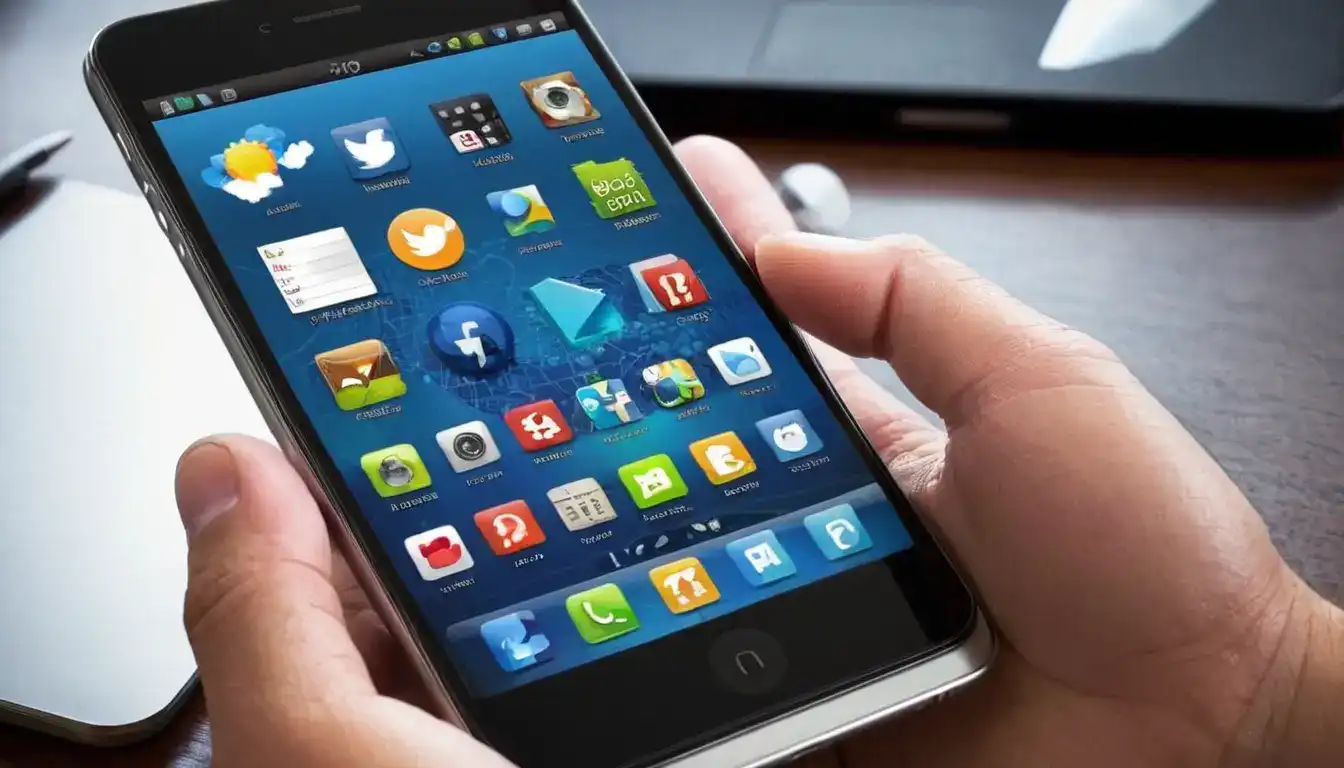
August 4, 2024
Latest Trends in Mobile Application Development
latest trends in mobile application development for 2024. These trends include the integration of 5G technology, artificial intelligence and machine learning, Internet of Things (IoT), augmented reality (AR) and virtual reality (VR), cross-platform development, mobile wallets and payment gateways, progressive web apps (PWAs), enhanced app security, voice search and integration, and sustainability and green mobile apps.

August 5, 2024
How AI is Used to Solve Problems in Various Industries
Artificial Intelligence (AI) is reshaping industries across the globe, from healthcare to finance, by solving complex problems, increasing efficiency, and driving innovation. In healthcare, AI is saving lives through drug discovery, disease diagnosis, personalized medicine, and virtual health assistants.
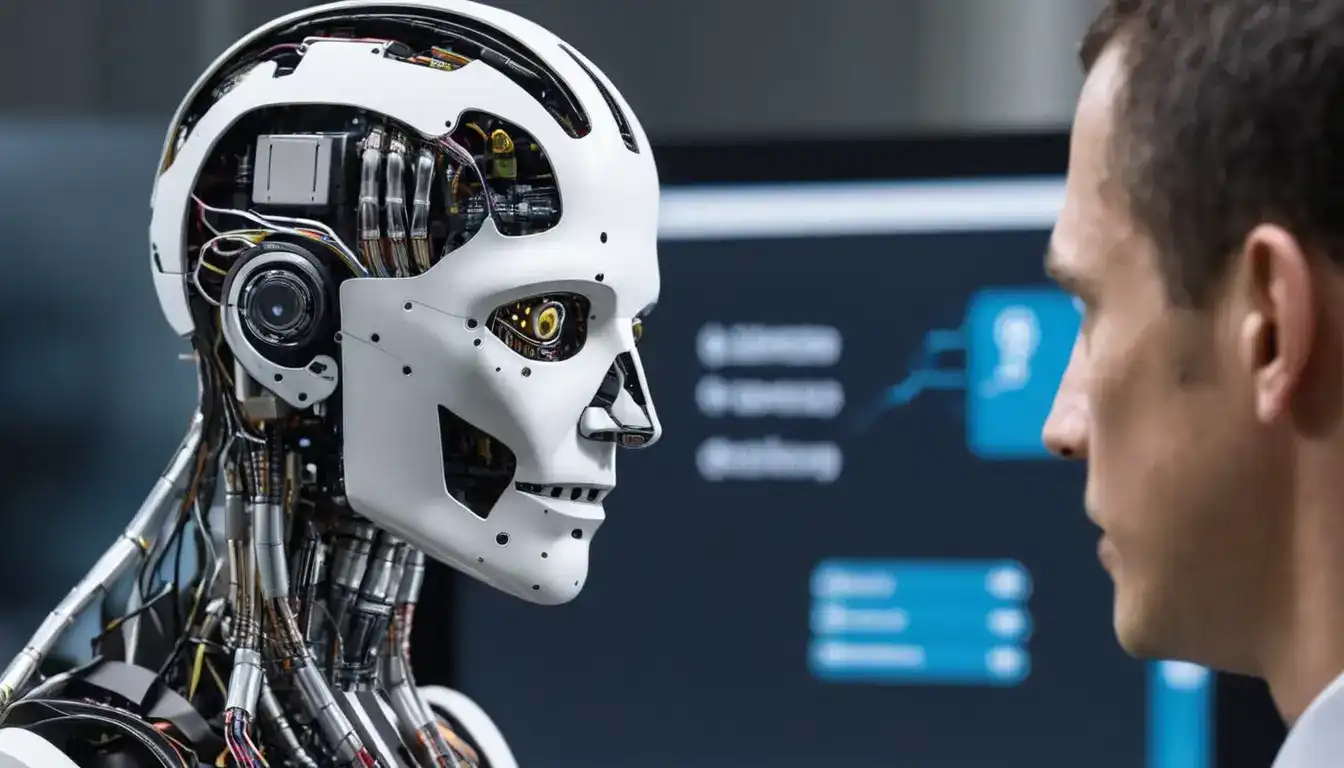
August 4, 2024
Impact of Artificial Intelligence on Business Operations: Efficiency and Innovation
Artificial Intelligence (AI) is transforming modern business operations by increasing efficiency, driving innovation, and driving strategic decision-making. AI automates routine tasks, improves data analysis, and enables personalized customer experiences.

August 5, 2024
Benefits of Using Cloud Computing for Your Business
Cloud computing has revolutionized business operations by offering cost savings, scalability, improved collaboration, enhanced security, and robust disaster recovery. It allows businesses to access services over the internet, reducing the need for physical infrastructure and providing flexibility.







